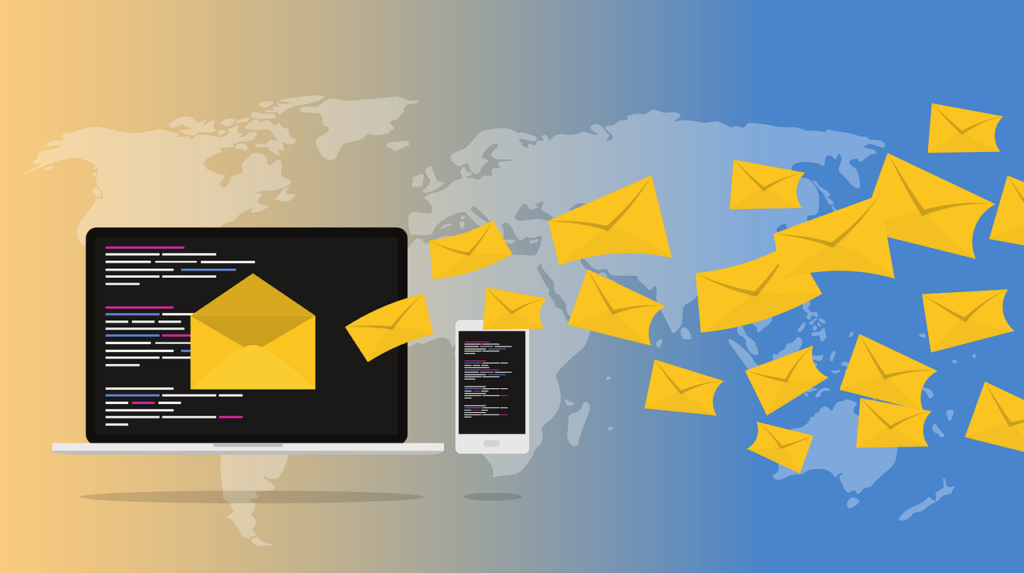Email marketing personalization is a strategy that involves tailoring your email campaigns to specific subscribers based on their interests, behavior, and demographics. You can increase customer engagement, brand loyalty, and sales by providing customized content and promotions. In this article, we’ll explore the power of email marketing personalization and provide best practices for successful campaigns.
Customer Segmentation and Data Collection Strategies
One of the key components of email personalization is effective customer segmentation. By dividing your email list into smaller segments based on demographics, behavior, or other criteria, you can create more targeted and relevant messaging that resonates with your subscribers. Here are some steps to create effective customer segments:
- Define your segments: Decide on the criteria you’ll use to divide your email list into smaller segments. Examples include demographics (age, gender, location), behavior (purchase history, email engagement), or preferences (product interests, email frequency).
- Collect and use customer data: Use sign-up forms, surveys, and purchase history to collect customer data. Use this data to create segments and personalize your email messaging.
Dynamic Content Creation
Dynamic content is personalized email content that changes based on the recipient’s data. This type of content allows you to create more relevant and targeted messaging for your subscribers. Here are some best practices for dynamic content creation:
- Types of dynamic content: Dynamic content can include personalized product recommendations, location-based messaging, countdown timers, and more.
- Best practices for dynamic content creation: Use clear and concise language, incorporate visually appealing images or graphics, and ensure that the dynamic content is relevant to the recipient.
A/B Testing
A/B testing is a critical component of email marketing personalization. By testing different elements of your email campaigns, you can determine what works best for your audience and optimize your campaigns for better engagement and conversions. Here are some tips for effective A/B testing:
- Importance of A/B testing: A/B testing allows you to compare different elements of your email campaigns, such as subject lines, calls-to-action, or design, to determine which ones perform best with your audience.
- Elements to test in email campaigns: Some of the most common elements to test in email campaigns include subject lines, sender names, email copy, calls-to-action, and design elements such as images or color schemes.
Metrics Tracking and Analysis
Finally, you’ll need to track and analyze key metrics regularly to ensure that your email campaigns are effective. This will help you identify areas for improvement and optimize your campaigns for better engagement and conversions. Here are some key metrics to track and how to analyze them:
- Key email marketing metrics to track: Some of the most important email marketing metrics to track include open rates, click-through rates, conversion rates, and unsubscribe rates.
- How to analyze email campaign performance: To analyze your email campaign performance, track your metrics over time, look for trends or patterns, and adjust your campaigns accordingly.
Conclusion
In conclusion, email marketing personalization is a powerful tool for engaging with customers and driving sales. By using effective segmentation strategies, creating dynamic content, conducting A/B testing, and tracking and analyzing key metrics, you can optimize your email campaigns for better engagement and conversions. By following these best practices, you’ll be well on your way to creating successful personalized email campaigns that resonate with your audience.


